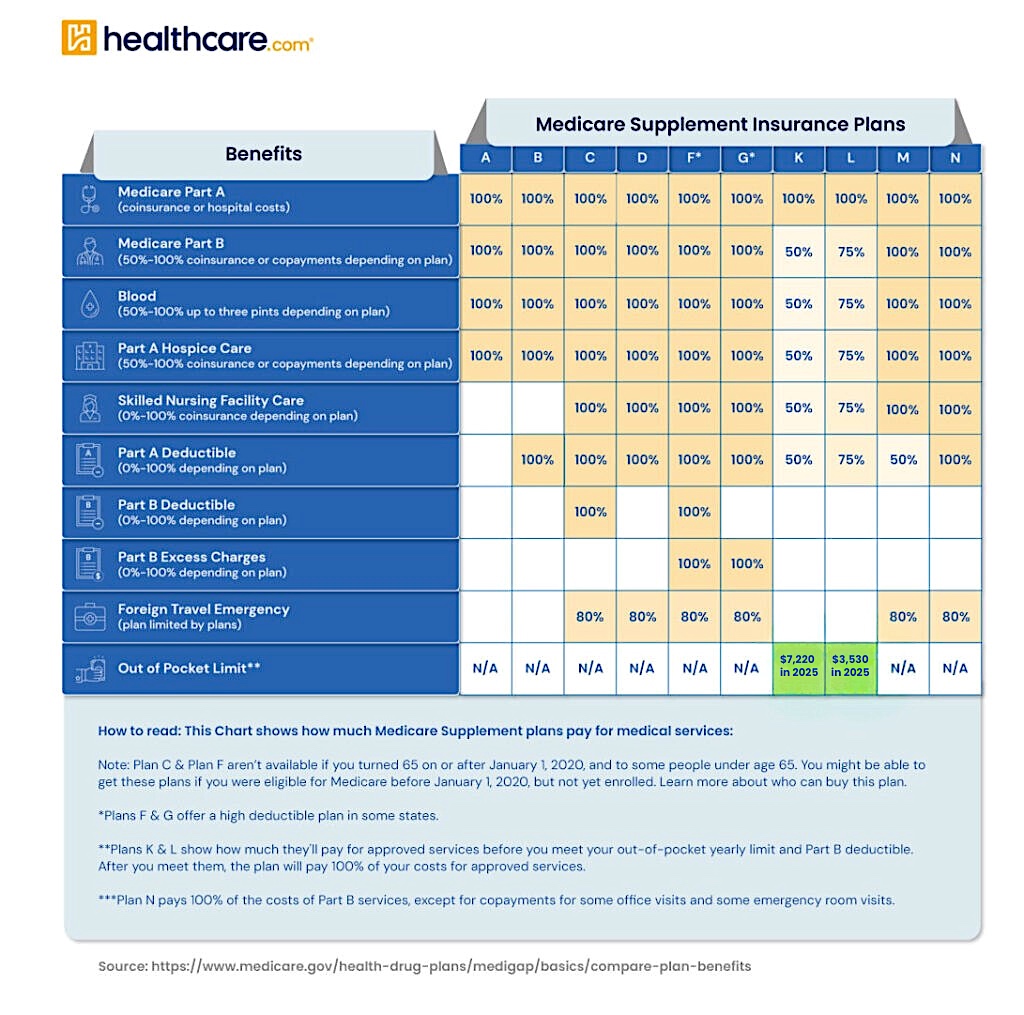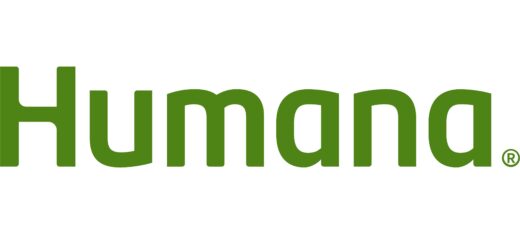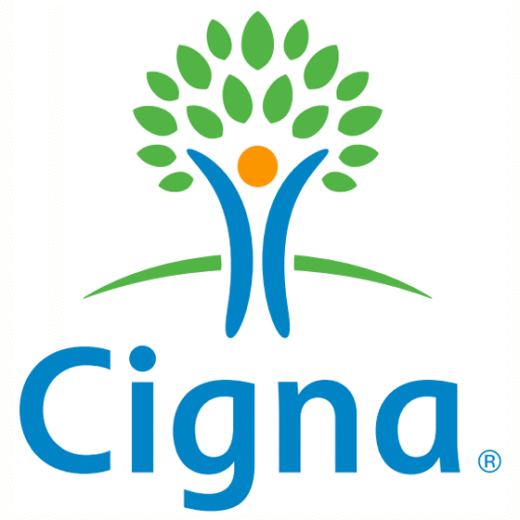Written by Paige Cerulli
HealthCare Writer
We aim to help you make informed healthcare decisions. While this post may contain links to lead generation forms, this won’t influence our writing. We follow strict editorial standards to give you the most accurate and unbiased information.
What You Need to Know
- Medicare Supplement plans, also known as Medigap, help pay for out-of-pocket costs not covered by Medicare Part A and Part B.
- Minnesota insurance companies must accept your Medicare Supplement (Medigap) plan application if you’re in your Medigap Open Enrollment Period or have guaranteed issue rights.
- The three most popular Medigap policies are typically Plans F, G, and N, though Minnesota uses modified plan structures.
What Are Medicare Supplement Plans in Minnesota?
Medicare is a federal health insurance program for individuals aged 65 and older, as well as younger people with qualifying disabilities or health conditions (e.g., end-stage renal disease).
Original Medicare, which includes Part A (Hospital Insurance) and Part B (Medical Insurance), covers many healthcare services. However, it still leaves you with out-of-pocket costs like deductibles, coinsurance, and copayments. Medicare Supplement plans help pay for these expenses.
Unlike most states that offer standardized plans labeled A through N, Minnesota has its own version of standardized Medigap plans. The state offers a Basic Plan with optional riders, as well as versions of high-deductible and extended basic plans.
Learn how these plans work and how they benefit residents of Minnesota.
When Can You Enroll in a Medicare Supplement (Medigap) Policy?
You can apply for a Medigap plan at any time. However, outside of your Medigap Open Enrollment Period—or without guaranteed issue rights—insurers may use your health history to deny coverage or charge higher premiums.
Your Open Enrollment Period lasts for six months. It begins the month you are both 65 or older and enrolled in Medicare Part B. During this period, insurance companies must offer you any plan they sell at standard rates, regardless of your health.
This is the best time to enroll because it ensures the broadest selection and most favorable terms.
You may also have guaranteed issue rights in specific situations, such as moving out of a Medicare Advantage plan’s service area or losing other coverage. Insurers must offer you a Medigap policy in these cases and cannot charge you more or deny coverage based on health.
What Are the Most Popular Medicare Supplement Plans?
Most states offer lettered plans (A–N), but Minnesota uses different names and structures. That said, there are equivalents to the popular plans F, G, and N:
- Medigap Extended Basic Plan – Offers comprehensive benefits similar to Plan F, including coverage for skilled nursing, Part A and B deductibles, and Part B excess charges. Only available if you were eligible for Medicare before January 1, 2020.
- Medigap Extended Basic Plan – New – Closely resembles Plan G. It covers many of the same services as the original Extended Basic Plan, but does not include the Part B deductible.
- Medigap High Deductible Plan – New – A cost-conscious option that is similar to Plan N. It excludes the Part B deductible and Part B excess charges and includes some cost-sharing like copays for certain services.
Minnesota’s plans provide flexibility and optional riders, such as coverage for foreign travel emergencies or preventive care.
Get Quotes Matched to Your Budget and Needs
How Do You Choose a Medicare Supplement Plan?
When selecting a plan in Minnesota:
- Choose between the Basic Plan with optional riders, or one of the Extended or High Deductible plans based on your healthcare needs.
- Compare plan options and benefits carefully—each plan provides different levels of coverage.
- Contact a licensed insurance agent or use an online comparison tool to explore your choices.
- Compare pricing structures across insurers. Though Minnesota doesn’t use lettered plans like most states, the same logic applies:
- Attained age rating: Premiums increase as you age.
- Issue age rating: Premiums are based on your age at purchase.
- Community rating: Everyone pays the same, regardless of age.
Always compare plans on an “apples to apples” basis, especially when choosing among insurers.

How Much Do Medigap Policies Cost?
Medigap premiums in Minnesota vary depending on:
- Your age and gender
- Tobacco use
- Plan type and optional riders
- The insurer’s pricing method
Each company sets its own rates, so comparing across providers is essential.
What If You Want to Change Your Medicare Supplement Plan?
You may apply to change your Medigap policy at any time. However, unless you have guaranteed issue rights, insurers may review your medical history and could deny you coverage or charge more based on health status.
If you’re considering switching plans, make sure you understand the potential underwriting requirements and compare available options thoroughly.
Shop for a Medicare plan with additional benefits!
What Are Alternatives to Medicare Supplement Plans?
Medicare Advantage plans, also known as Part C, are offered by private insurance companies approved by Medicare. These plans bundle Medicare Part A (hospital) and Part B (medical), and often include prescription drug coverage (Part D) and additional benefits like dental, vision, and hearing.
If you prefer an all-in-one solution rather than purchasing Medigap and a separate drug plan, a Medicare Advantage plan might be a good alternative.
Learn more about Minnesota Medicare Advantage plans.
Medicare Part D
Medicare Part D plans offer standalone prescription drug coverage.
- Who needs it: If you have Original Medicare and want drug coverage, you’ll need to enroll in a separate Part D plan.
- What it covers: Prescription medications (coverage and cost vary by plan).
- How it’s offered: Through private insurers approved by Medicare.
- Not needed if: You enroll in a Medicare Advantage plan with drug coverage (MAPD).
Do Medigap Plans Cover Prescription Drugs?
No, Medigap plans do not cover prescription drugs. If you need medication coverage, you must enroll in a separate Medicare Part D plan.
Medicare Resources in Minnesota
Residents of Minnesota can access free help and information from:
- State Health Insurance Assistance Program (SHIP) – Personalized, one-on-one counseling about Medicare options.
- Minnesota Department of Insurance – Oversees insurance regulations and handles complaints about Medigap policies.
- Minnesota Medicaid (Medical Assistance) – Offers health coverage for eligible low-income residents and may work alongside Medicare benefits.
- Minnesota Board on Aging – Senior LinkAge Line – A free statewide service offering guidance on Medicare choices.
Next Steps
If a Medicare Supplement plan in Minnesota seems like the right fit for you, it’s time to compare available plans in your area.
Use online tools or consult a licensed insurance agent to find personalized support and select the policy that best fits your healthcare needs.
Get Quotes Matched to Your Budget and Needs
Thank you for your feedback!
Medicare.gov. “What’s Medicare Supplement Insurance (Medigap)?” medicare.gov. (accessed November 18, 2020).
Medicare.gov. Medicare. “When Can I Buy Medigap?” medicare.gov. (accessed November 18, 2020).
Medicare.gov. “Guaranteed Issue Rights.” medicare.gov. (accessed November 18, 2020).
Medicare.gov. “Special Circumstances (Special Enrollment Periods).” medicare.gov. (accessed November 18, 2020).
Medicare.gov. “Benefits Offered by Each Medigap Plan.” medicare.gov. (accessed November 17, 2020).
Medicare.gov. “Medicare Advantage Plans.” medicare.gov (accessed November 18, 2020).









